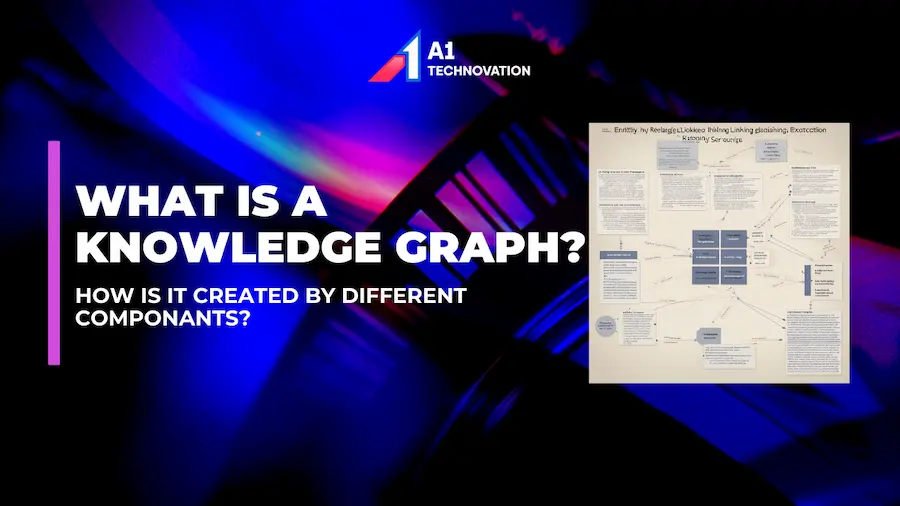A Knowledge Graph (KG) is a structured representation of information that interlinks entities (such as people, places, things, concepts) in a way that is easily understandable by both humans and machines. It organizes data into nodes (representing entities) and edges (representing relationships between entities), often enriched with various attributes and metadata.
Creating a Knowledge Graph involves several key components and processes, including entity extraction, entity linking, relationship extraction, and reasoning. Let’s explore these components in detail and see how they can be applied to build a Knowledge Graph for Lionel Messi.
Key Components of a Knowledge Graph
- Entity Extraction:
- Definition: Identifying and extracting entities (e.g., people, organizations, locations) from unstructured data sources like text, images, or videos.
- Example for Messi: Extracting “Lionel Messi” as an entity from sentences such as “Lionel Messi is a professional footballer.”
- Entity Linking (or Disambiguation):
- Definition: Linking extracted entities to a unique identifier in a knowledge base to resolve ambiguities.
- Example for Messi: Linking the extracted entity “Lionel Messi” to a unique identifier in a database, such as dbr:Lionel_Messi in DBpedia or Q615 in Wikidata, ensuring it is not confused with other individuals named Messi.
- Relationship Extraction:
- Definition: Identifying and extracting relationships between entities from data sources.
- Example for Messi: Extracting relationships such as “plays for” linking Messi to “Paris Saint-Germain” (PSG) or “has won” linking Messi to “Ballon d’Or.”
- Reasoning:
- Definition: Inferring new knowledge by applying logical rules to the existing data in the Knowledge Graph.
- Example for Messi: Inferring that Messi has played against various football teams over the years by analyzing match records.
- Data Integration and Fusion:
- Definition: Combining data from multiple sources and ensuring consistency and accuracy.
- Example for Messi: Integrating data from sources like FIFA, UEFA, and media reports to compile a comprehensive profile.
- Ontology Management:
- Definition: Defining the schema or structure of the Knowledge Graph, including the types of entities and relationships.
- Example for Messi: Defining entities like “Footballer,” “Club,” “Award,” and relationships like “plays for,” “won,” and “born in.”
- Natural Language Processing (NLP):
- Definition: Utilizing NLP techniques to process and understand text data for entity and relationship extraction.
- Example for Messi: Using NLP to analyze news articles about Messi to extract information about his career and achievements.
Example Knowledge Graph for Lionel Messi
Entities:
– Lionel Messi (Person)
– Paris Saint-Germain (Club)
– Ballon d’Or (Award)
– Rosario (City)
– Argentina (Country)
– FC Barcelona (Club)
– Antonela Roccuzzo (Person)
– Thiago Messi (Person)
Relationships:
– Lionel Messi plays for Paris Saint-Germain.
– Lionel Messi won Ballon d’Or.
– Lionel Messi was born in Rosario.
– Lionel Messi is from Argentina.
– Lionel Messi previously played for FC Barcelona.
– Lionel Messi is married to Antonela Roccuzzo.
– Lionel Messi has a child named Thiago Messi.

